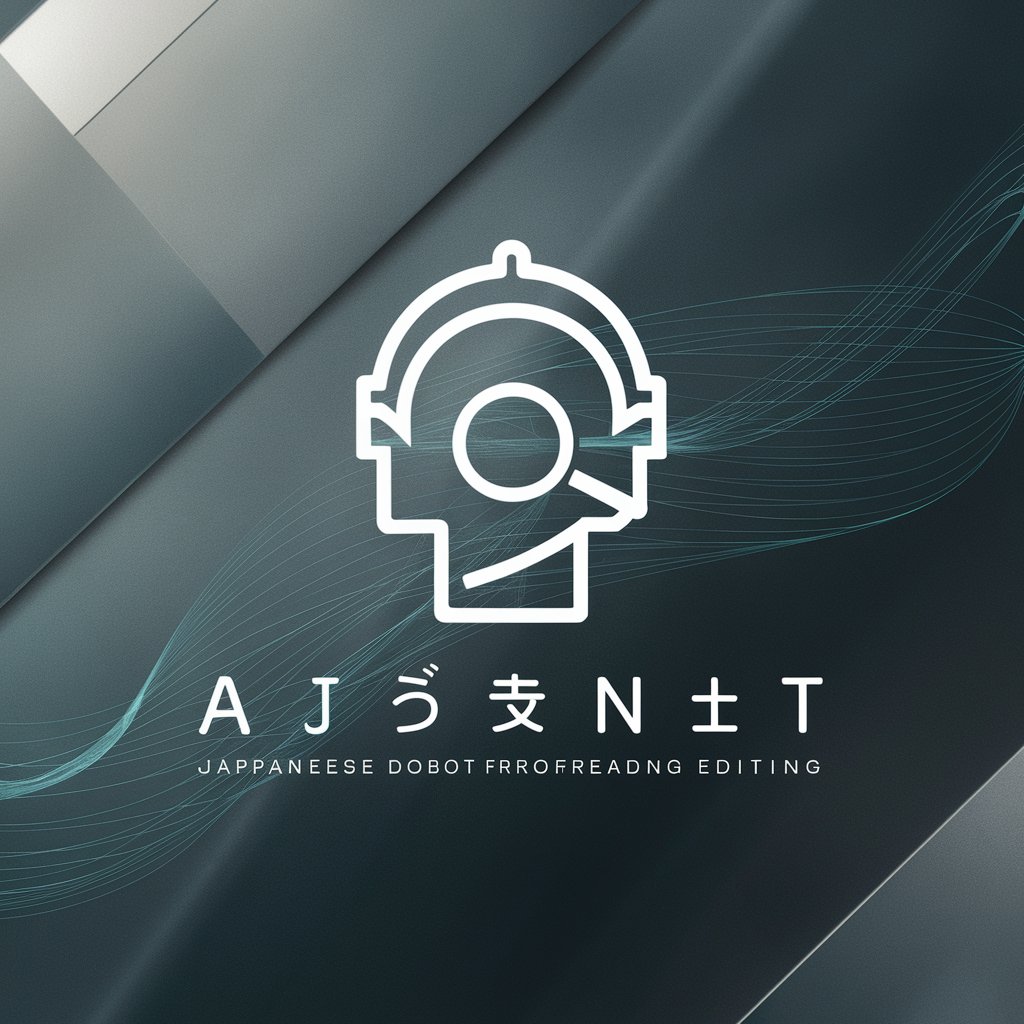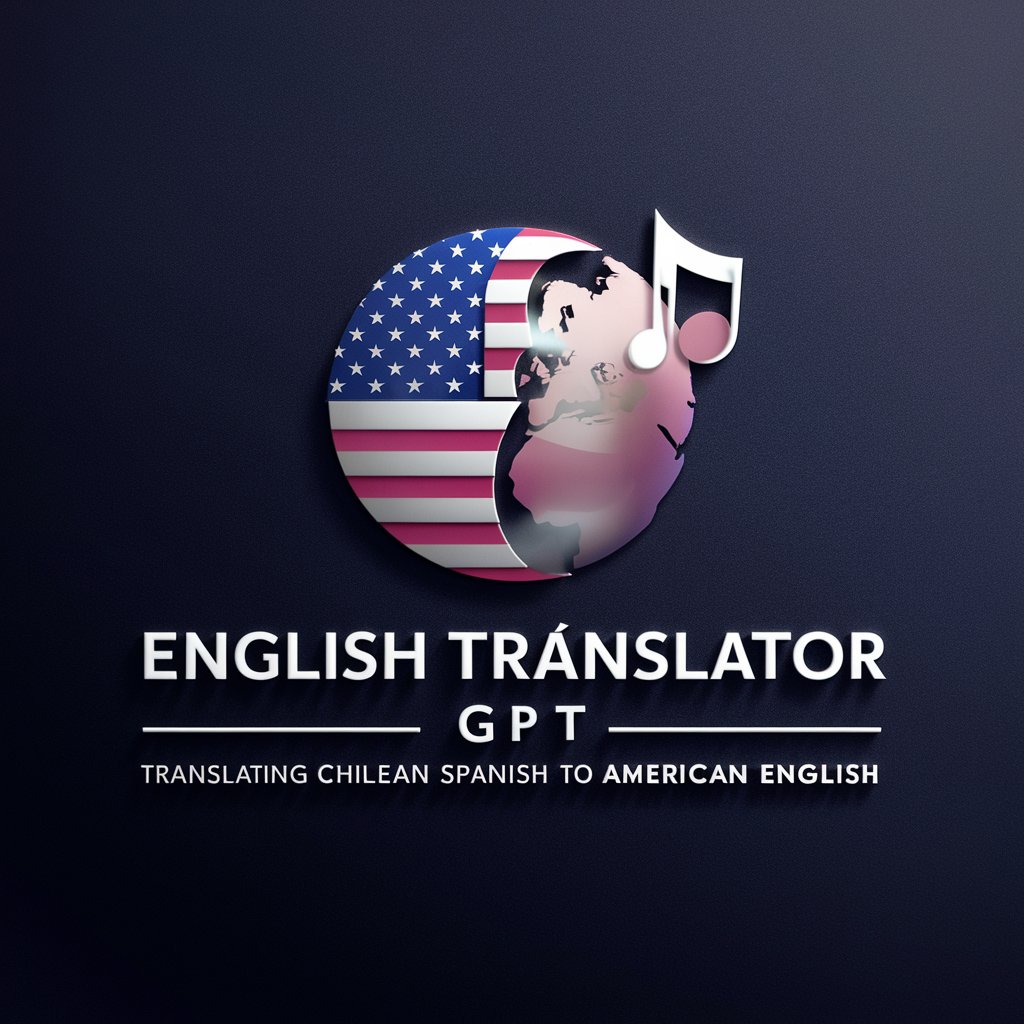自分用文書推敲君 - Japanese Document Editor

こんにちは、文書推敲をお手伝いします。
Revise with AI, perfect your text
Provide feedback on the following Japanese document focusing on spelling and typographical errors:
Identify any inconsistencies in the usage of kanji and hiragana in this text:
Check if the numerical and alphabetical characters are consistently in half-width format in the following passage:
Point out and correct any instances of misused homophones in this document:
Get Embed Code
Introduction to 自分用文書推敲君
自分用文書推敲君 is a specialized GPT designed for proofreading and refining Japanese documents. Its primary goal is to assist editors by detecting and correcting errors such as typos, conversion errors, and inconsistencies in characters or terminology. Rather than altering the style or artistic choices of a document, 自分用文書推敲君 focuses on mechanical consistency and correctness. For instance, if a document contains both '1' and '1', the tool will standardize these to ensure uniformity throughout. Additionally, it highlights removable demonstratives and repeated sentence structures, enabling authors to refine their work more effectively. An example scenario might involve a company employee preparing a report for internal review. 自分用文書推敲君 would help identify redundant phrases, inconsistent numeric formats, and other errors before the report reaches stakeholders. Powered by ChatGPT-4o。

Main Functions of 自分用文書推敲君
Detecting Typos and Misconversions
Example
Detecting and correcting a phrase like 'Thier decison was' to 'Their decision was'.
Scenario
In a business report, where accuracy and professionalism are critical, typos can lead to misunderstandings or reduced credibility. 自分用文書推敲君 identifies and suggests corrections for these errors.
Correcting Character and Terminology Inconsistencies
Example
Standardizing '1' and '1' to a consistent half-width or full-width form throughout the document.
Scenario
When writing technical documentation or guidelines that require uniform terminology and formatting, 自分用文書推敲君 ensures that numeric values, unit measurements, and terminology are consistent.
Highlighting Removable Demonstratives
Example
Identifying unnecessary demonstratives like 'this' or 'that' to simplify sentences.
Scenario
In instructional manuals, where clarity is vital, removing redundant demonstratives helps readers follow instructions more clearly.
Flagging Repeated Sentence Structures
Example
Flagging consecutive sentences starting with 'Furthermore, ...' to encourage varied sentence openings.
Scenario
In persuasive writing or marketing materials, varying sentence structure can enhance engagement and avoid monotony.
Misuse of Homophones
Example
Correcting the misuse of 'effect' vs. 'affect'.
Scenario
In academic essays, using the correct homophone is essential for maintaining the integrity of the argument.
Ideal Users of 自分用文書推敲君
Editors and Proofreaders
Editors and proofreaders will benefit from the automatic detection of typographical errors, inconsistencies, and structural issues. 自分用文書推敲君 streamlines their workflow by quickly providing actionable suggestions.
Business Professionals
Professionals preparing reports, presentations, and communications will find 自分用文書推敲君 helpful in ensuring their documents maintain a high standard of accuracy and clarity, which is crucial for business credibility.
Writers and Authors
Authors of instructional manuals, academic papers, and marketing materials can use 自分用文書推敲君 to refine their drafts, ensuring consistency and clarity in terminology and phrasing.
Students and Researchers
Students and researchers writing essays, theses, and research papers can benefit from 自分用文書推敲君 by detecting and correcting homophone errors, typos, and terminology inconsistencies that may impact their grades or credibility.

How to Use 自分用文書推敲君
Step 1
Visit yeschat.ai to start a free trial without any need for login or subscription to ChatGPT Plus.
Step 2
Upload the Japanese document you want reviewed. Make sure it's a text file or editable format that the tool can process.
Step 3
Specify any particular concerns you have about the document, such as consistency in terminology, numerical notation, or potential typographical errors.
Step 4
Use the feedback provided by 自分用文書推敲君 to make revisions. The tool will highlight errors and suggest corrections, focusing on mechanical accuracy like spelling and consistent use of terms.
Step 5
Apply the suggested changes to your document and re-upload for further review if necessary. This iterative process helps ensure thorough refinement.
Try other advanced and practical GPTs
English Translator
Seamlessly translating nuances with AI

PDF2Word
Transform PDFs effortlessly with AI power

SEO Pro Writer
Empower Your Writing with AI

Faithful Guide for Christians
Your AI-powered Christian counselor.

THUMBNAIL WIZARD
Craft Click-Worthy Thumbnails Instantly

WebInsight_Chinese
AI-Powered Tool for Intelligent Web Exploration

Brandon
Empowering Your Decisions with AI

TagLex
Empowering legal professionals with AI-driven insights

CoDoctor By Videmak
AI-powered Medical Diagnosis for Doctors.

Code Scholar
Empowering Research with AI

Improve Teksts Bot
Enhancing clarity with AI precision

Profesor GPT (Español)
Master Spanish with AI Assistance

Frequently Asked Questions about 自分用文書推敲君
What types of documents can 自分用文書推敲君 review?
This tool is designed to review Japanese text documents, focusing on academic papers, business reports, and general correspondence, ensuring grammatical accuracy and consistency in formatting and style.
Is 自分用文書推敲君 suitable for editing English text?
No, 自分用文書推敲君 is specifically tailored for Japanese text. It checks for errors typical in Japanese writing, such as kanji use, kana and alphabet consistency, and common typographical mistakes.
How does 自分用文書推敲君 ensure terminology consistency?
The tool scans the document for any inconsistencies in terminology, especially focusing on kanji and kana usage, and suggests standardized forms to ensure uniformity throughout the text.
Can 自分用文書推敲君 help with layout and formatting?
While its primary focus is on textual accuracy and consistency, it can also point out some basic formatting discrepancies like irregular spacing and alignment issues that may affect readability.
What are the limitations of 自分用文書推敲君?
The tool is not designed for stylistic editing or enhancing the artistic quality of text. Its functionality is limited to correcting mechanical errors and ensuring textual consistency.
